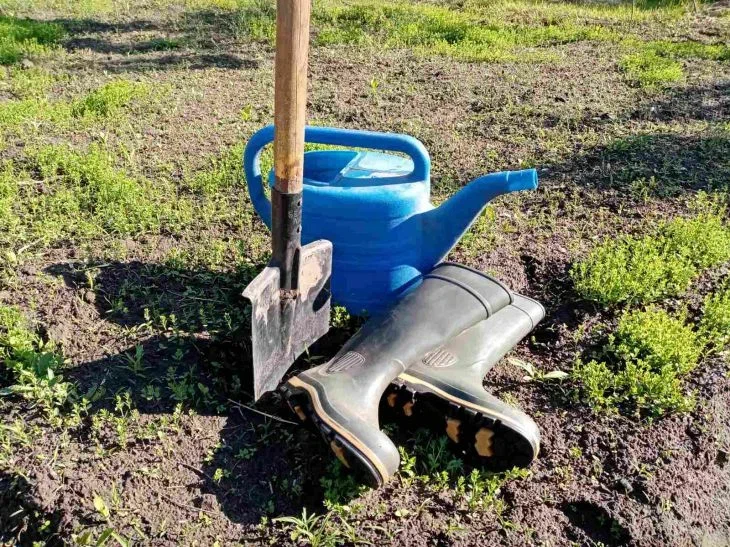Of all garden pests, the May beetle looks the most attractive and seems to many to be a harmless creature.
The reason for this is its short flight time of 1-1.5 months at the end of spring and beginning of summer. But it is after this that the most interesting things begin.
Anastasia Kovrizhnykh, an expert of the online publication "BelNovosti", a scientist, agronomist and landscape designer, told us what danger this insect poses to the harvest and how to deal with it.

May beetle
One female can leave behind a litter of up to 70 individuals during June.
The larvae are most often found in sandy and sandy loam soils or compost heaps.
It is the larvae of the cockchafer (May beetle) that pose the main threat to the harvest.
It will take 3-4 years before they become adult beetles, and all this time they will feed on the roots and tubers of any plants and trees.
Most often they damage the roots of strawberries and fruit trees, as well as root crops.
One adult larva can eat the roots of a two-year-old seedling in one day.
How to fight
1. You can collect May beetle larvae by hand, but not in autumn or winter (they bury themselves to a depth of up to 2 meters).
In cloudy weather, you can dig up larvae by digging the soil to the depth of a shovel blade.
Or you can use traps made from containers with fermented compote or kvass.
2. May bugs and larvae do not like nitrogen, and white clover is a great help in this regard. It can be sown around trees.
Also, the pest does not appear where elderberry, lupine and cruciferous crops grow.
3. You can attract natural pests. Starlings, rooks and thrushes are especially fond of beetle larvae.
4. Gardeners practice watering with an infusion of onion peels (you will need 1/3 of a bucket of peels filled with warm water).
The product is infused for 5 days, after which it must be filtered and diluted with water in a ratio of 1:1. It is used for watering the soil in tree trunk circles.
Alternatively, you can use ammonia (20-30 ml per 10 liters of water).
5. If you use mulch made of straw or wood bark (shavings), then the females will not be able to lay eggs in your beds - they like light soil.
If all these tips are ineffective, you can use insecticides Terradox, Vallar, Antikhrushch and other preparations.

